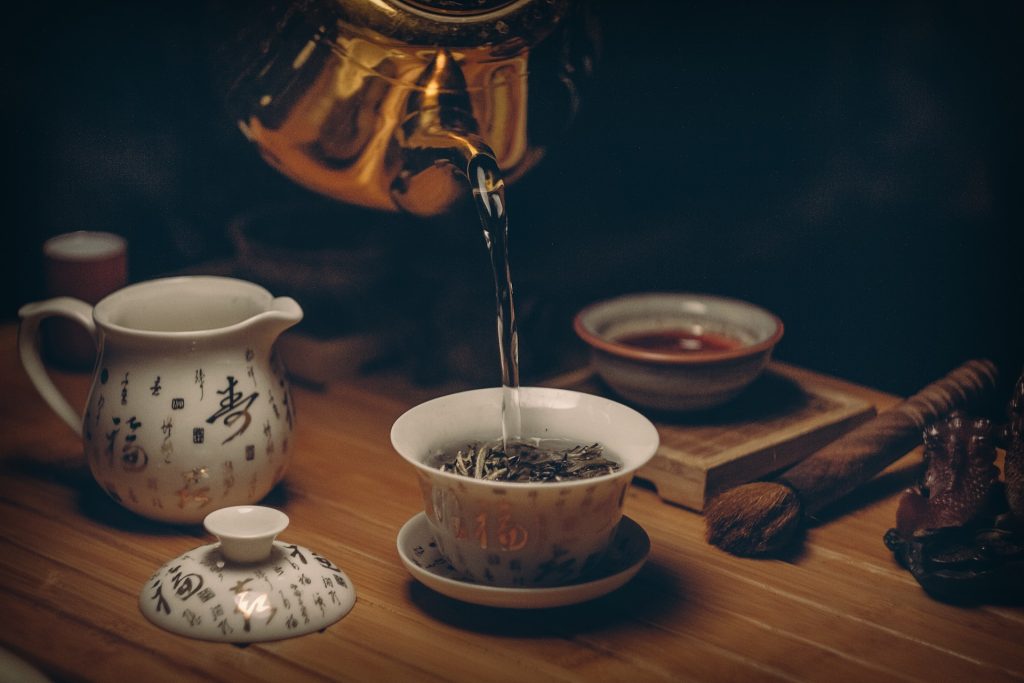The method of “leaving the root” to brew tea is that when brewing tea, the tea soup in the last brew is not completely exhausted. Instead, leave three to five minutes of tea soup and blend it with the next brew. The brewing method that leaves a part of the tea soup in this way to prevent it from being exhausted is called the “leave the root” brewing method. The main reason is that the taste is relatively stable when brewing tea. Avoid the strong taste of the previous tea soup and the bland taste of the next tea soup. With the root steeping method, the taste of the tea soup is relatively stable, but there will be a lack of layered changes.

“Leave the roots” brewing method, leaving three to five parts of the tea soup in the previous brewing, which is conducive to the fusion and balance of the next brewing tea soup. Too much or too little will affect the fusion and balance of the taste of the next tea soup. According to my experience, it is advisable to leave the root tea soup without the bottom of the tea. The root-leaving method is more suitable for brewing when the tea flavor is relatively light:
1. Except for teas with a weak taste, most teas are brewed in the first stage, and it is not suitable to use the method of leaving the roots.
2. After the suitable tea is brewed for multiple times, the tail water in the middle and back stage adopts the root soaking method to dissolve the endoplasm in the tea to the greatest extent.
3. Tea products with relatively coarse and old raw materials are more suitable for brewing with roots.
4. The middle and late stages of cooked tea are more suitable for root brewing.
5. For old tea (raw and cooked), the middle and later stages are more suitable for brewing with roots.
6. It is more suitable to use a large pot and a glass cup to brew green tea and a large pot to brew white tea, scented tea and black tea.

